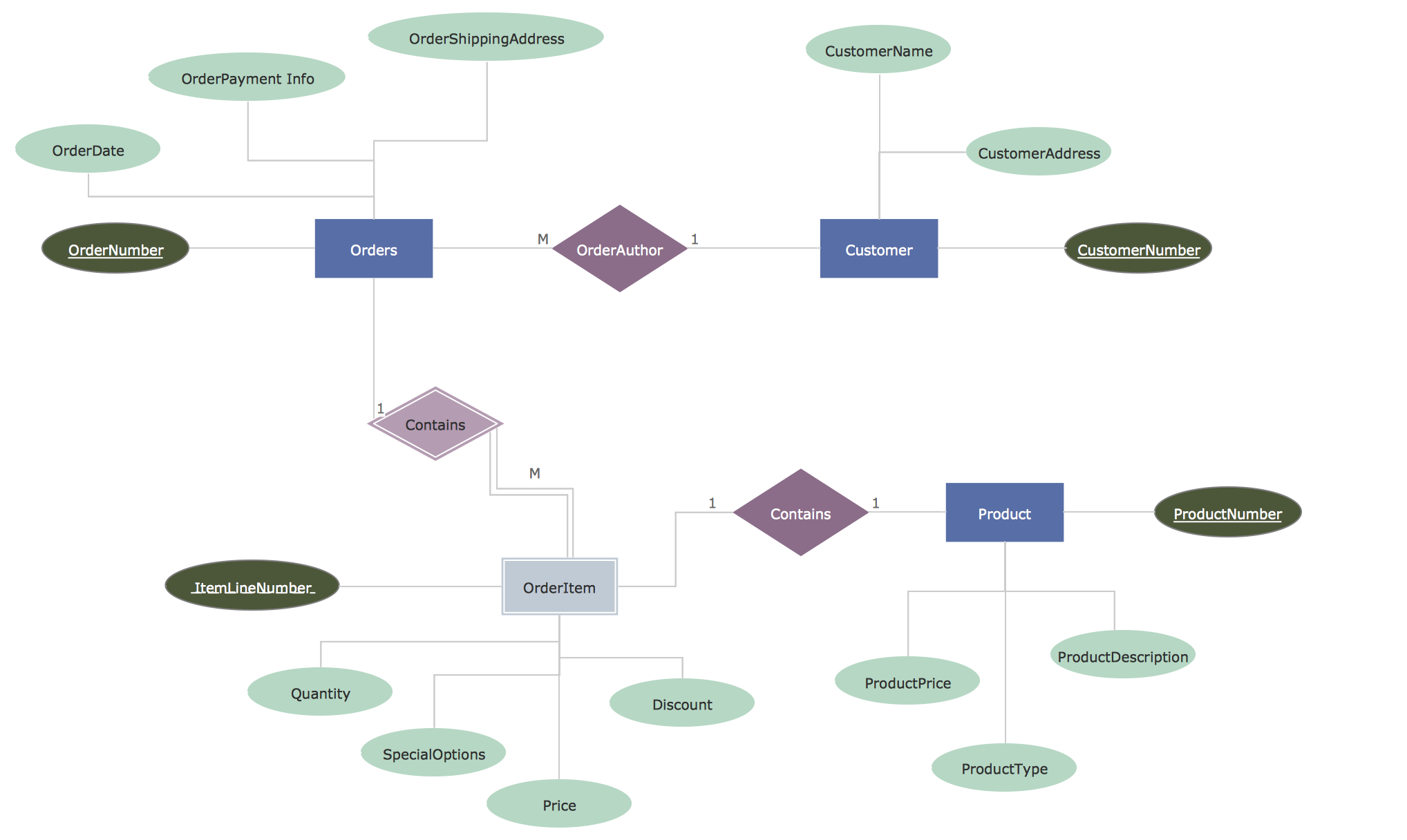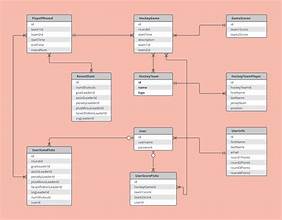The dictionary definition of an entity is ‘something that exists as a distinct, separate, independent, or self-contained unit’. This can be further illustrated as follows,
An entity can be defined as an object that is singular and identifiable in nature. It can be called as a separate object. Referring to organizations, individuals, and systems in day-to-day life, an entity can also refer to bits of data, and distinct system components which are considered to be significant in and of themselves.
This term is used in a number of ways throughout the globe, across different fields including in a number of programming concepts, computer languages, management of databases, design of systems, and many other areas.
Looking at an Enitity in detail
The common denominator in any entity is that it can be considered as a whole separately that possesses some characteristic sets that are unique in themselves. Examples of the use of an entity in various contexts can be explained through the use of examples given below:
- In general computing, an entity refers to users, organizations, and components while in a system it refers to a separate component that might be discrete.
- In a database system, an entity refers to an individual thing that can include concepts, people, and/ or objects that have data that is first stored in the database management system (DBMS). An entity has attributes and relationships with the other entities in the database management system.
- In the OSI model or Open Systems Interconnection Model, an entity refers to a component of a discrete system that uses different protocols that help an entity to communicate with each other.
- In object-oriented programming (OOP), an entity is synonymous with an object.
What is an Entity Data Model?

The Entity Data Model or EDM refers to a set of concepts describing data structure. This description of the data structure is defined regardless of the form of the stored data. Using three key concepts, this Entity Data Model describes its data structure- entity type, property, and association type.
This model of Entity Data supports a set of first or primitive data types which describes properties in the form of a conceptual model.
About Entity Type
The fundamental block that can be used for building and describing the structure of data within the Entity Data Model is the entity type. Serving as a template for the entities, that are a collection of instances of a specific entity type, entity type represents a specific object that has a unique entity key within the entity set.
About Conceptual Mode
In the conceptual mode entity types are built from properties and define the structure of concepts at the top or the highest level. These entity sets are logically grouped in an entity container.
Data type supported by Entity Data Model
Some of the primitive data types that are supported by the Entity Data Model are as follows:
- String
- Boolean
- Int32 and others
These primitive data types are proxies for actual primitive data types as supported in the storage or hosting environment. The Entity Data Model does not define the semantics of operations or conversion over the first data types. Semantics in the model are described by the storage or hosting environment. The Entity Data Model also supports inheritance for entity types. Here one type is derived through another.
Namespaces in the Entity Data Model
The Entity Data Model includes namespaces that work as abstract containers for entity types, complex types, and associations. Such namespaces in the EDM provide context for the objects they contain. These namespaces also provide ways to disambiguate objects with the same name.
The Entity Data Model also provides XML syntax, which is also called conceptual schema definition language.
Entity Relationship Model
An Entity Relationship Model or ERM is a conceptual or/ and theoretical way to show data relationships in the development of software. Entity Relationship Model is a database modeling technique that generates an abstract and/or visual representation or diagram of the data of a system that can be helpful in designing a relational database. Such diagrams are known as Entity Relationship Model diagrams, or ER diagrams or ERDs.
As first proposed in 1976 by Peter Pin-Shan Chen of the Massachusetts Institute of Technology [MIT], the Entity Relationship Model can be further explained as follows,
The first and foremost step in information system design gives us the requirements analysis model that illustrates the type of data or information that needs to be collected for further steps. The data modeling method can be used to illustrate a specific interesting area of ontology. Like the relational model, the abstract data is converted into logical data. This happens when the design of an information system is made up of a database. It is converted into a physical model when it gets designed physically.
Entity Relationship Model Diagram
The building blocks of the Entity Relationship diagram are the attributes, relationships, and entities. Entities have entity types as we already know. These entity types are known as instances of the corresponding entities. Each entity type can exist independently of one another. To further example let’s take an example, the vehicle is an entity that has further entity types such as car, bus, and more. The relationship is the property linking these entity types together, for ex, the entity type husband is related to the entity type wife by a relationship which is termed as marriage and often termed an s’ is married to’. Attributes here are properties that belong to the entity types as well as the relationships.

There are various ways and tools available in the market to make the Entity Relationship Model diagram. The most commonly used ones are MySQL Workbench and OpenModelSphere.
Conclusion
An entity hence, is an individual object. The term entity can be associated to anything in daily life but has specific use in certain fields like software development, general computing, database systems, and others.
